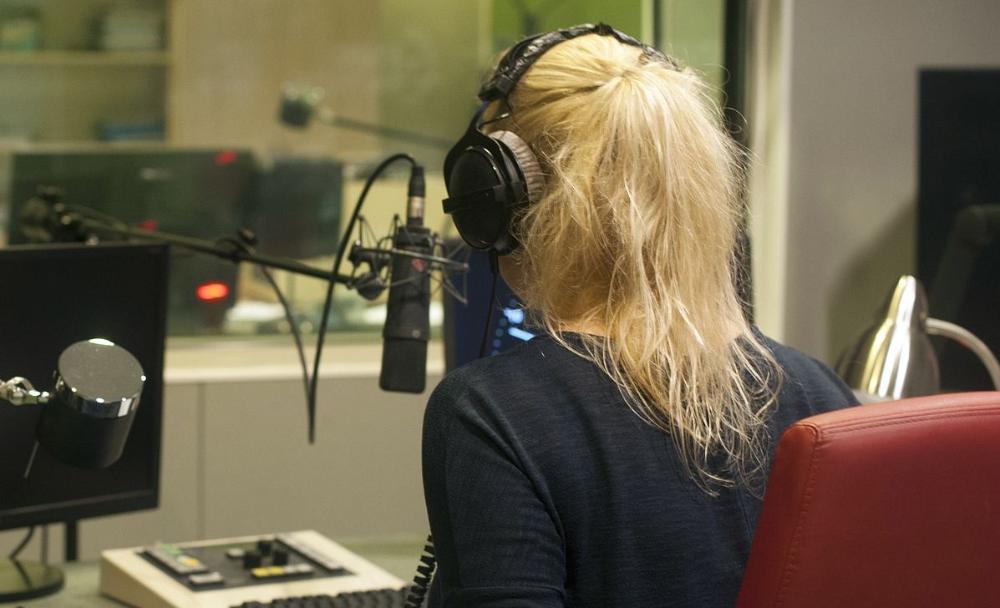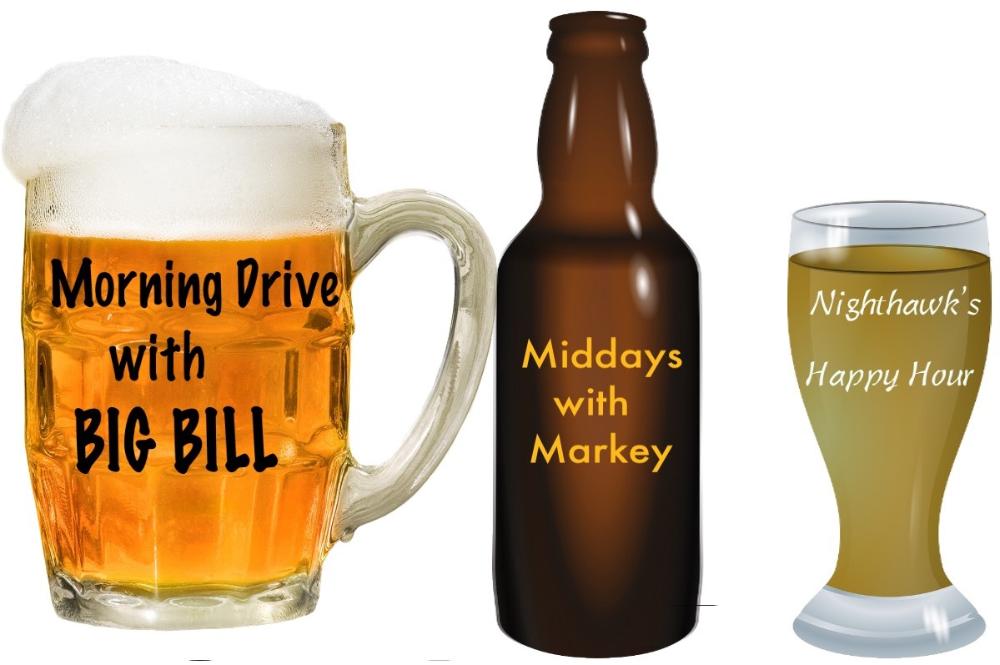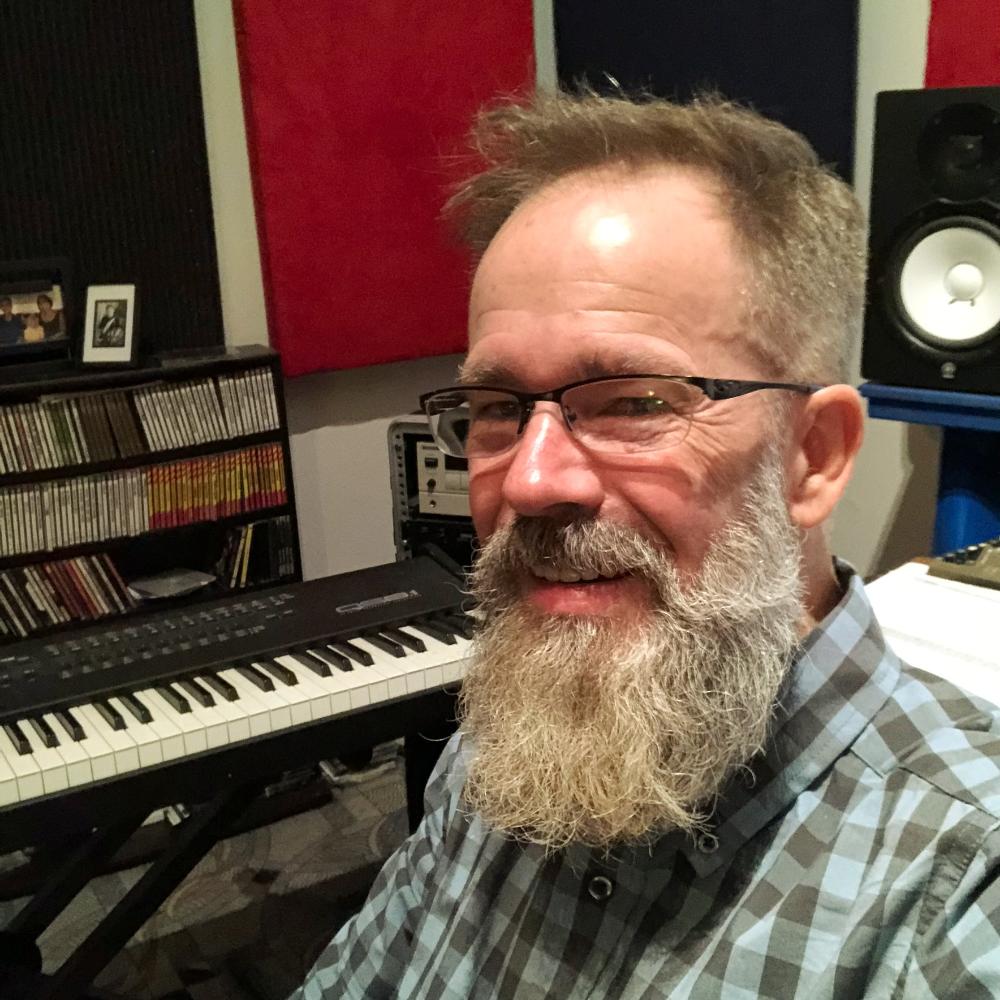On-air talent: it's the one thing that is absolutely unique to your radio station. Your station's imaging should focus on what makes your brand unique.
As the art of imaging radio stations continues to evolve, I increasingly get requests to create imaging for a specific daypart or show, as opposed to branding an entire radio station. And there's a good reason for that:
Talent branding is a guaranteed way to make your station's imaging stand out.

Is your station's imaging redundant?
Too often, radio stations turn to the same messaging again and again. Do these liners sound familiar?
- More music, less talk.
- The most variety.
- The most listened to radio station.
- Crankin' out commercial free music
The problem is that there's only so much wiggle room with station branding. Long-tail phrases are great, for example: liners that specify your city or region. But, every other radio station in your city or region is doing that same thing.
This is exactly why daypart and personality-focused imaging is so important.
Your radio station is a container, and its dayparts are the product
Nobody watches CBS––they watch the shows on CBS. There's a difference. CBS is an empty vessel until you put the shows in there. That's why you see way more promos for shows than for CBS. Similarly, if your station's imaging promotes great shows, you don't have so much of a need for generic station imaging.
The quality of your station's brand must be earned through the quality of your programming. Once that reputation for quality is earned, your station imaging will be simple. I'm sure you remember another network imaging slogan: "THIS is CNN". James Earl Jones said it all with just three words.
What broadcasting has learned from product line extension

A basic principle of marketing: Product brand extension.
It works for manufactured products, and it works for radio imaging.
Back when TV was new and men hunted dinosaurs, companies would create branding for a single product––because they only had a single product.
Anheuser-Busch made Bud and Miller made Miller beer. Of course, they found that a single brand per company has limits.
Presto: Bud Light! Miller Lite!
What's the big advantage here? Simple:
Brand extensions are less expensive to create than new brands.
Radio stations of course have the same opportunity to reach new demographics and new advertisers with specific shows and dayparts that are, essentially, brand extensions. If you want these shows to stand alone––they need to be branded as their own thing.
Different imaging voices for different dayparts?
Each of your station's dayparts and personalities is a flavor. If you want to brand these separately, the imaging needs to be instantly recognizable. Using your station's regular imaging voice is definitely a move in the wrong direction if promoting individual personalities and dayparts is your goal.
How radio consultants see it
Jeff Murphy of DeMers Programming has been a broadcast programming consultant for over 25 years. I asked him how he feels about separate imaging voices for dayparts on the same station. Here's what he said:
"Separate voices make sense, especially for stations with big morning shows or other personalities that are distinctive in approach from the other dayparts. For example, Alice Cooper’s syndicated night show or any of the ESPN/FoxSports talk hosts. Host stations can still use their primary voice in local breaks to promote other elements of the station.
Another way that multiple “accent” voices can be useful is if one reflects the personality of a specific daypart (say, a testosterone-driven show with lots of dude humor) while the rest of the station is more music intensive. A handful of our clients have been alternating male and female imaging pieces for that purpose."
Choosing the right voice
First and foremost, remember: you aren't looking for the cookie-cutter voice of God, you're looking for a unique voice delivery to represent a unique brand.
A good broadcast image voice is someone who is a true voice actor––someone who can fine-tune their delivery to communicate the nuance of the brand. It's important to match the imaging voice to the flavor of the on-air talent and content.
Howard Cogan (the voice of Jack FM in America) has a certain something in his delivery––a snarky, flippant tone that's perfect for the whole idea that is Jack FM.
The voicefits the product.
When choosing an imaging voice for a particular personality or daypart, you should request a custom demo from each prospective voice. Sure, some will tell you "Hey, you know how I sound". If that's the case, then you know they sound one way, and one way only. If that happens to work, cool. But many voice imaging services do not have voice actors––just deep voices. Know that there is a difference between announcing and voice acting. Send sample scripts, and ask for auditions. You'll quickly be able to separate the voice actors from the announcers.
Just so you know where I'm coming from, by "voice actors" I don't mean people who do cartoonish character voices. I mean people who have precise control over what the tone of their delivery implies, including how old they sound, and how it makes the audience feel. Emotional tone says more than words alone. As my wife has said to me on several occasions: "It's wasn't what you said––it was your tone."
Be sure to communicate what you're looking for to prospective voiceover people. If you say "Our afternoon guy is The Snake ", or "Our midday gal is the friendly lunch-bunch chick", that communicates some idea of what delivery style the voiceover should aim for. More detail is better. Personally, I prefer a conversation with station programming when I'm evaluating what voice style might fit a particular on-air talent or show. The more information, the better.
I'm always thankful to DeMers' Jeff Murphy for his insightful input. Jeff is not only an expert in our field, he's a really funny guy!

About Ray Norman
Ray Norman has 3 decades producing radio imaging. He started out in local radio as production director, tasked with producing station imaging and spots, not to mention weekend on-air gigs, and standing in the hot sun during summer remotes as "station support". He's been where you are, and is forever your radio brother.